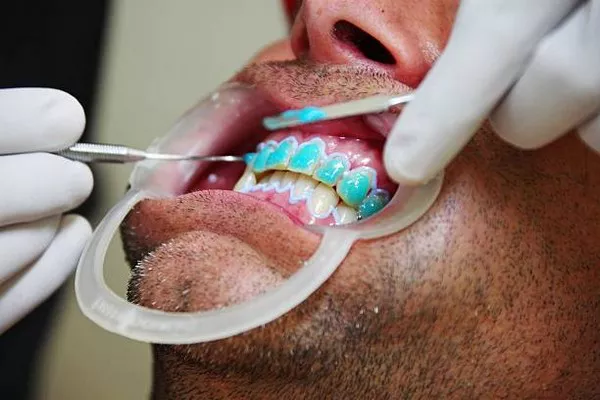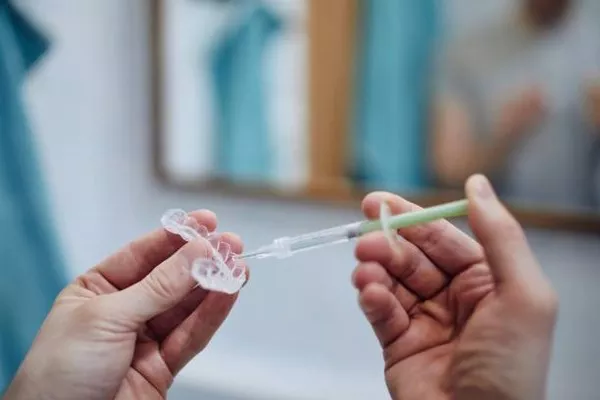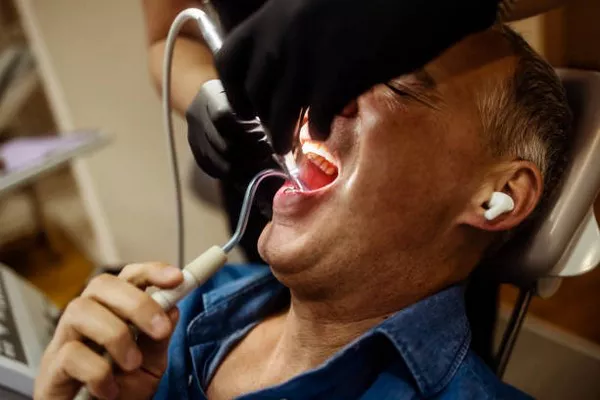Teeth whitening is a popular cosmetic dental procedure that aims to improve the appearance of teeth by removing unwanted stains or discoloration. One of the most commonly used methods for teeth whitening is the use of whitening gel. Whitening gel is a peroxide-based solution that is applied to the teeth to remove surface stains and deep discoloration. Traditionally, whitening gel is used in combination with a UV light, which accelerates the bleaching process. However, there has been growing interest in whether whitening gel can work without the use of UV light. In this article, we will explore whether whitening gel can work without UV light and examine the evidence supporting its efficacy.
How Does Whitening Gel Work?
Before we dive into the effectiveness of whitening gel without UV light, it’s important to understand how the product works. The active ingredient in most whitening gels is hydrogen peroxide. When applied to the teeth, the peroxide breaks down into oxygen radicals, which react with the chromophores in the stains on the teeth. This reaction causes the stains to break down, leaving behind brighter, whiter teeth.
UV Light and Whitening Gel:
Ultraviolet (UV) light is often used in conjunction with whitening gel to accelerate the bleaching process. The UV light works by activating the hydrogen peroxide in the gel, speeding up the breakdown of stains on the teeth. The use of UV light can also help to penetrate deeper stains, resulting in more dramatic results.
Can Whitening Gel Work Without UV Light?
There is debate among dental professionals as to whether whitening gel can work effectively without the use of UV light. Some studies suggest that the use of UV light is unnecessary, while others indicate that it can enhance the effectiveness of whitening gel.
One study published in the Journal of Dentistry reported that whitening gel was effective in removing stains and discoloration without the use of UV light. The study evaluated the efficacy of different concentrations of hydrogen peroxide gel on teeth that had been stained with tea. The researchers found that all concentrations of the whitening gel were effective in removing the stains, regardless of whether UV light was used.
In contrast, another study published in the Journal of Esthetic and Restorative Dentistry reported that the use of UV light significantly improved the effectiveness of whitening gel. The study evaluated the effectiveness of two different types of whitening gels, both with and without UV light. The researchers found that the gel combined with UV light produced significantly better results than the gel alone.
Factors That Affect the Efficacy of Whitening Gel:
The effectiveness of whitening gel is influenced by several factors, including the concentration of hydrogen peroxide, the length of time the gel is applied, and the frequency of treatment. Additionally, individual factors such as the thickness of tooth enamel, the type and severity of staining, and the overall health of teeth can affect the efficacy of the whitening gel.
Alternatives to Whitening Gel:
For those who are concerned about the use of UV light or prefer not to use whitening gel, there are alternative methods for teeth whitening. One popular option is using activated charcoal, which is a natural substance that helps to remove surface stains from teeth. Another option is oil pulling, which involves swishing oil around in your mouth to remove bacteria and toxins that can cause staining.
Conclusion:
Whitening gel is an effective method for removing stains and discoloration from teeth. While the use of UV light can enhance its efficacy, studies have shown that it is not necessary for the gel to work effectively. However, it’s important to note that the individual factors can affect the effectiveness of whitening gel, and it may not be suitable for everyone. For those who are concerned about the use of whitening gel or UV light, there are alternative teeth whitening methods available. Consult with a dental professional to determine the best option for your needs.
Related Topics:






























